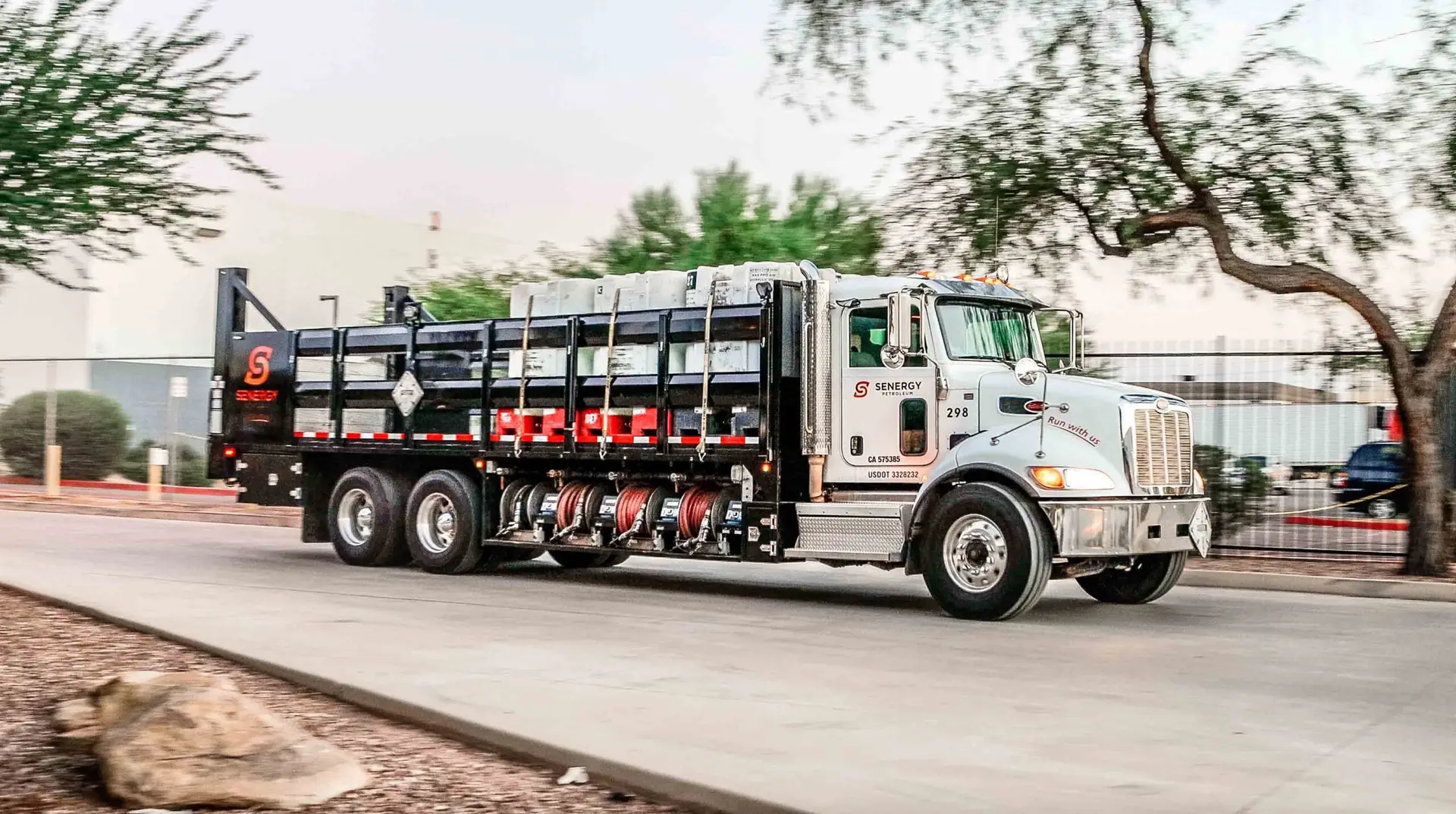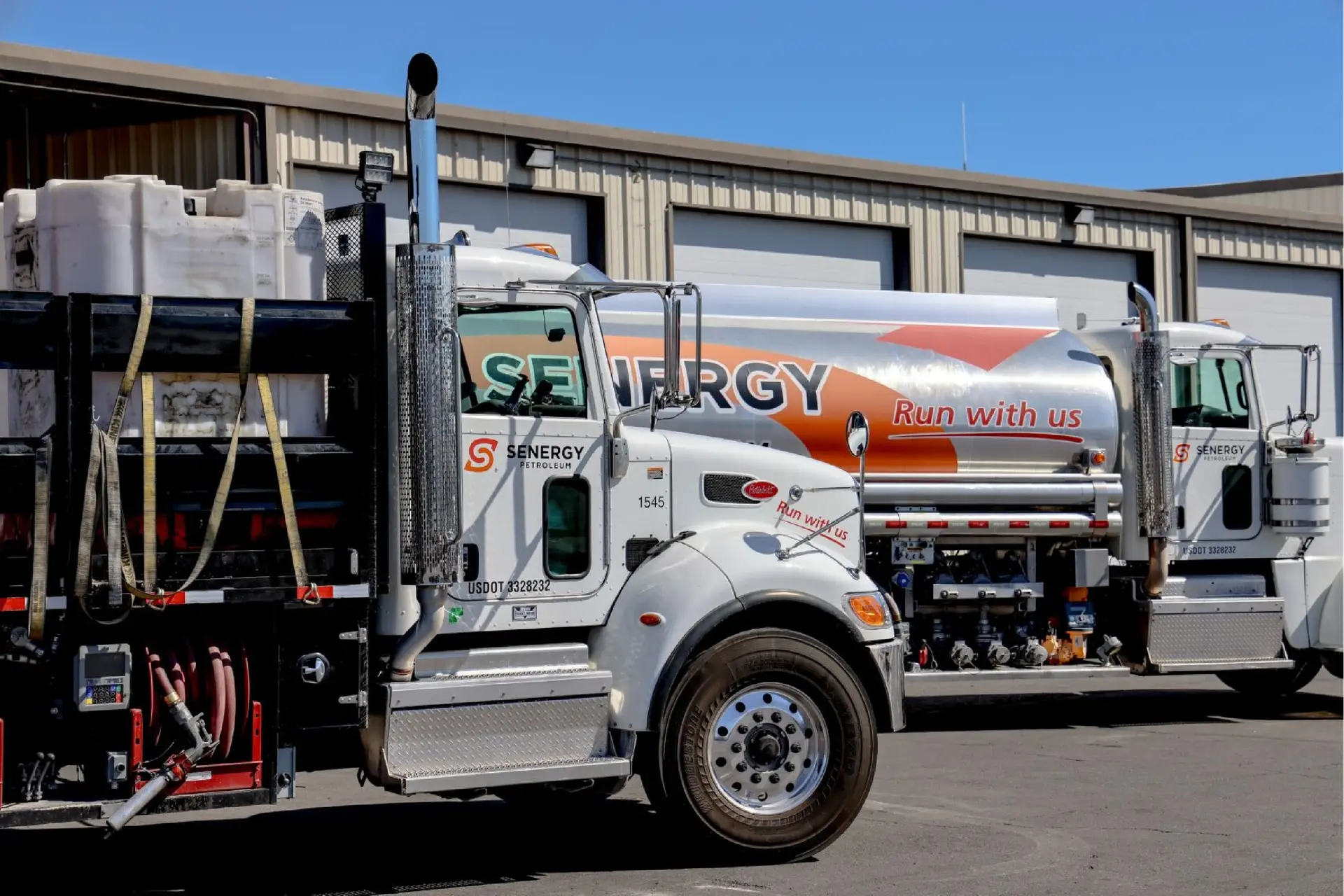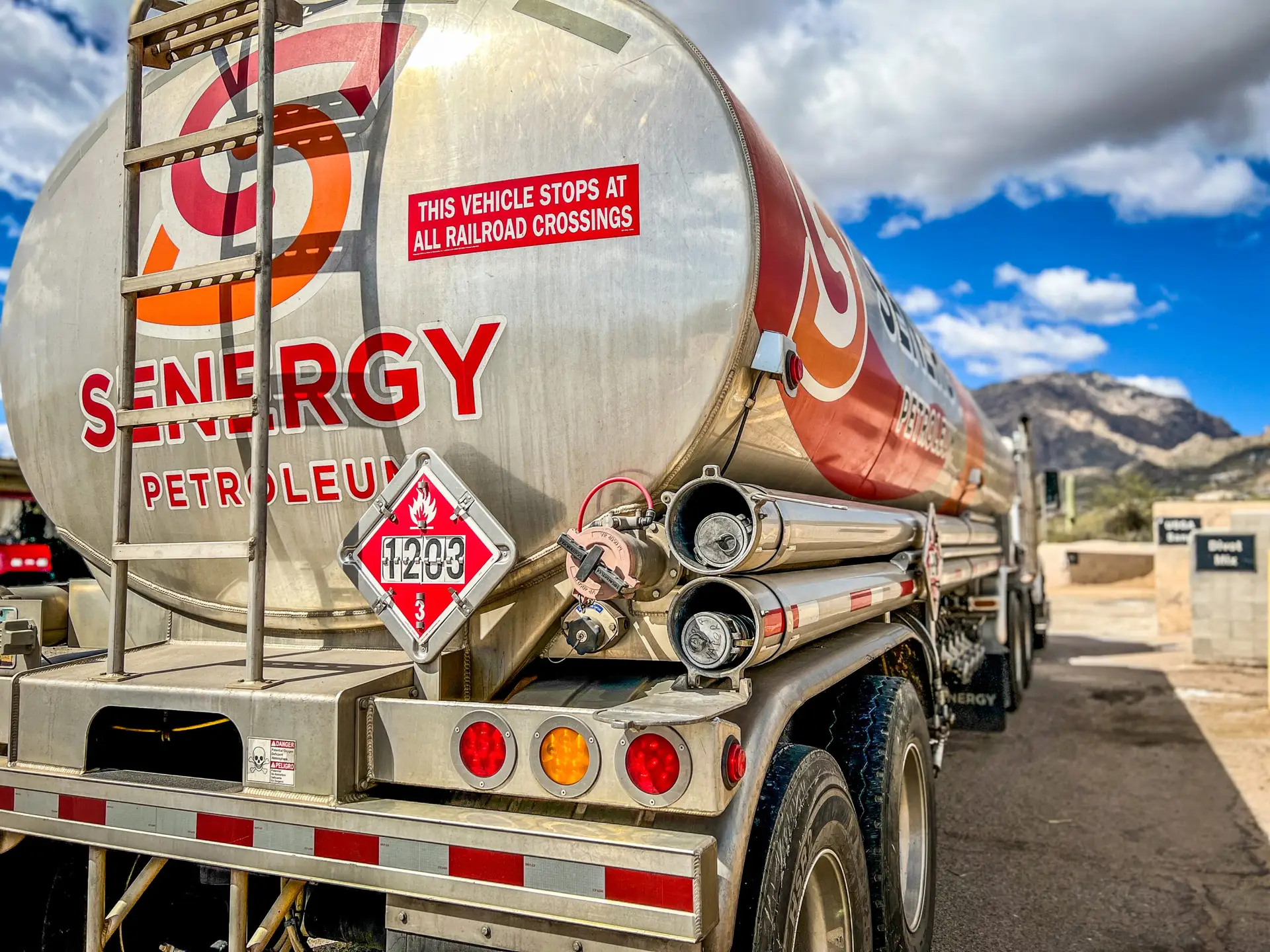Why Proper Lubrication Extends Equipment Life
In every industrial operation, moving parts create motion, heat, and friction, and without proper lubrication, that friction becomes your biggest enemy. Equipment lubrication is the invisible force that protects engines, bearings, and gear systems from excessive wear. It’s not just oil on metal; it’s a system of control that ensures your machinery runs smoothly and lasts longer.
When lubrication is neglected, mechanical parts grind together, producing friction and heat that gradually destroy surfaces. Proper lubrication acts as a protective barrier, reducing energy loss, maintaining operational balance, and preventing costly failures. It’s one of the most effective forms of preventative maintenance, keeping equipment productive, efficient, and safe.
How Lubrication Keeps Machines Running Smoothly
Every machine—from industrial generators to hydraulic presses—relies on effective lubrication to perform at its best. Industrial lubricants reduce direct metal-to-metal contact, lowering friction and minimizing component wear. By forming a thin yet durable film, lubricants enable smooth movement under heavy loads and demanding operating conditions.
Lubricants also play a critical role in regulating temperature and protecting against corrosion. They help dissipate heat from moving parts and capture contaminants before they can cause internal damage. This continuous layer of protection enhances equipment reliability, reduces downtime, and keeps operations running on schedule—an essential advantage in industries where efficiency drives success.
The Science Behind Friction Control and Wear Prevention
When two metal surfaces interact, friction produces heat and deformation that lead to wear, weakened components, and eventual failure. Lubrication transforms this process entirely. With the right product and maintenance schedule, a lubricant forms a protective layer that separates moving parts, allowing smooth, controlled operation while minimizing damage.
In high-speed or high-pressure systems, even the smallest contact points can accelerate wear. That’s why advanced industrial lubricants are engineered with additives that resist oxidation, maintain viscosity under stress, and perform consistently in extreme conditions. Effective lubrication reduces vibration, noise, and fatigue—resulting in smoother motion, greater efficiency, and longer equipment life.
Preventive Maintenance Starts with Proper Lubrication
Proper lubrication goes beyond routine maintenance—it serves as a strategic component of preventive care. Maintenance teams regularly check oil quality, inspect grease points, and test for contamination to catch issues before they escalate. A consistent lubrication schedule prevents premature failures and keeps machinery operating within safe performance limits.
Teams also monitor lubrication systems to track viscosity and analyze oil condition. When they detect contaminants or performance changes, they act immediately to protect equipment. This proactive approach reduces downtime, improves reliability, and keeps every piece of equipment performing at its peak.


Best Practices for Selecting and Handling Industrial Lubricants
Selecting the right lubricant is just as important as applying it correctly. High-quality industrial lubricants are engineered to maintain stability, resist chemical breakdown, and perform under extreme pressure. Lower-grade products can oxidize, thicken, or lose effectiveness—causing unnecessary strain on equipment and reducing performance.
Proper lubricant handling is equally critical. Contamination can occur during storage or transfer, compromising even the best products. Lubricants should be stored in sealed containers, protected from sunlight and moisture, and dispensed using clean, dedicated tools. These careful practices preserve lubricant integrity, extend equipment life, and keep operations running smoothly.
The True Cost of Poor Lubrication Practices
Neglecting lubrication leads to more than just worn parts, it can bring an entire operation to a halt. Machines without adequate lubrication suffer from overheating, excessive energy use, and premature component failure. In many cases, repairs or replacements cost far more than routine lubrication maintenance.
Poor lubrication practices also reduce equipment efficiency. Friction increases the energy required for movement, which means engines and motors must work harder, consuming more fuel or electricity. This inefficiency not only drives up operational costs but also accelerates environmental impact. Regular lubrication is an investment that pays off through energy savings, reliability, and reduced waste.
Building an Effective Lubrication Management Program
A well-structured lubrication management system delivers consistency, reliability, and cost efficiency. The program specifies which lubricants to use, how often to apply them, and the exact points of application. Maintenance teams document all activities to maintain a complete record of lubricant usage, inspection intervals, and performance trends.
Modern facilities use digital monitoring to track lubricant viscosity, contamination, and temperature in real time. This data-driven approach lets teams make timely adjustments and perform predictive maintenance to prevent failures. Combined with skilled technicians and proper training, a structured lubrication program keeps equipment reliable and operations running smoothly.
Consistency Powers Performance
The true power of equipment lubrication lies in consistency. It’s not a one-time task but a continuous process that sustains performance over the life of a machine. With regular maintenance, every component—from bearings to gearboxes—operates efficiently, with less strain and fewer interruptions.
By prioritizing high-quality lubricants, proper handling, and scheduled maintenance, operations can achieve longer equipment life, reduced downtime, and improved efficiency. Machines that run smoothly perform better and protect your bottom line. Run With Senergy Petroleum for reliable lubrication solutions that keep your operation moving forward.

